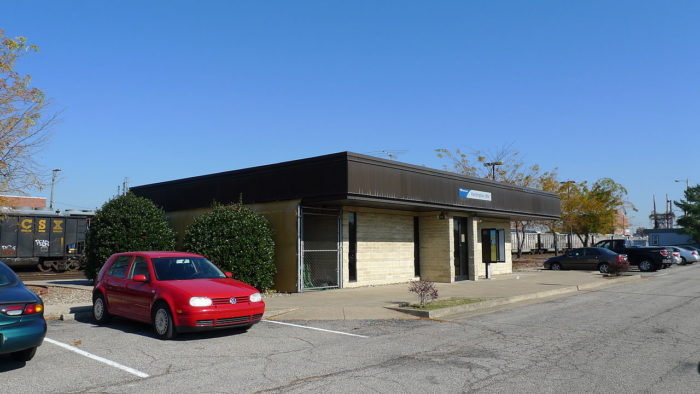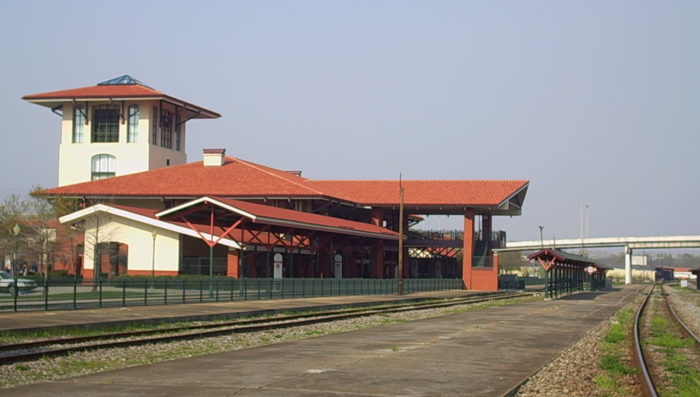Ticket Agents Gone Missing.
In round numbers, Amtrak trains stop at more than 500 stations all across this country. Some are huge complex facilities, but most see just two trains a day with a relative handful of passengers getting on and off. These are the stations from which, faced with the need to cut costs, Amtrak has been methodically eliminating ticket agents.

The latest station affected is Huntington, West Virginia. Amtrak’s Cardinal stops in Huntington just six times a week—three trains bound for Chicago, the other three headed for New York. About 20 people board or get off each of those trains—not big numbers, but that still adds up to almost 6,000 people a year.
Amtrak’s rationale for eliminating ticket agents at these low-volume stations is that most people are now buying their tickets on line. I’m sure that’s true, but the ticket agents also provide up-to-date arrival and departure information, assist elderly and disabled people on and off the train, handle checked baggage coming in and going out, answer any and all questions, and make appropriate boarding announcements. They are also, in fact, the face of Amtrak in their communities.
In fairness, it should be noted that the affected stations aren’t being completely abandoned. Caretakers are hired by Amtrak to open up a half hour before the train arrives and keep the facility clean. But it’s not the same. Not nearly.
And why does Amtrak have to be burdened with these small town railroad stations anyway? The municipalities should own them in the same way they own airports and bus stations. If restored and renovated, railroad stations can become destinations in their own right … focal points for any number of activities, with shops, restaurants, grocery stores, offices and commercial ventures of all kinds.

This is the historic old railroad station in Windsor, Connecticut. It has no ticket agent, but the building has been preserved and restored and I am told it now contains an art studio. The point is, when Amtrak eliminates a ticket agent, civic leaders need to step up and take over the facility, renovate as necessary, then find ways to recoup the cost. How? Rent out the space to a restaurant, a retail shop, or worthy non-profit.
Better yet, expand the facility and turn it into a multi-modal transportation center—an idea that has triggered the revitalization of surrounding neighborhoods in other cities and towns.

So Amtrak can off-load the expense of staffing literally hundreds of small stations, small towns acquire facilities to generate income and stimulate the local economy, and Amtrak passengers have the use of a safe, well-maintained station. What’s not to like about that?





The last two trips I have taken were with a rail pass. These are only in paper as are all the tickets for each leg of the trip. I guess I’ll have to drive from Huntington to Charleston–100 miles–if I want to use a rail pass. What a pain.
Had a chance to stop at Galesburg to switch from Zephyr to catch shuttle bus to Springfield to meet up with Texas Eagle. A great example of what small station should be. They even had free library supported by locals. Swapped out my book for theirs. Roundhouse cafe is just across the parking lot.
What you’re advocating for is human presence, much more than a ticket clerk. And I tend to agree, yes it’s nice to be able to buy your ticket in person, but it becomes less needed with time. However an empty station, even with an accessible waiting room, doesn’t feel as inviting, as safe as it could. And even a janitor could probably give some useful advice, if only how to use the ticket machine…
In Italy and Sweden, many (regional) tickets are sold in local shops. Even bigger cities with many trains often don’t have a ticket agent anymore, but you can buy your ticket on-line, at some machines, with your smartphone… or in a 7-11 or something. Perhaps Amtrak can negotiate a contract wit USPS, or a convenience store chain, or the local lottery for the use of their sale network?